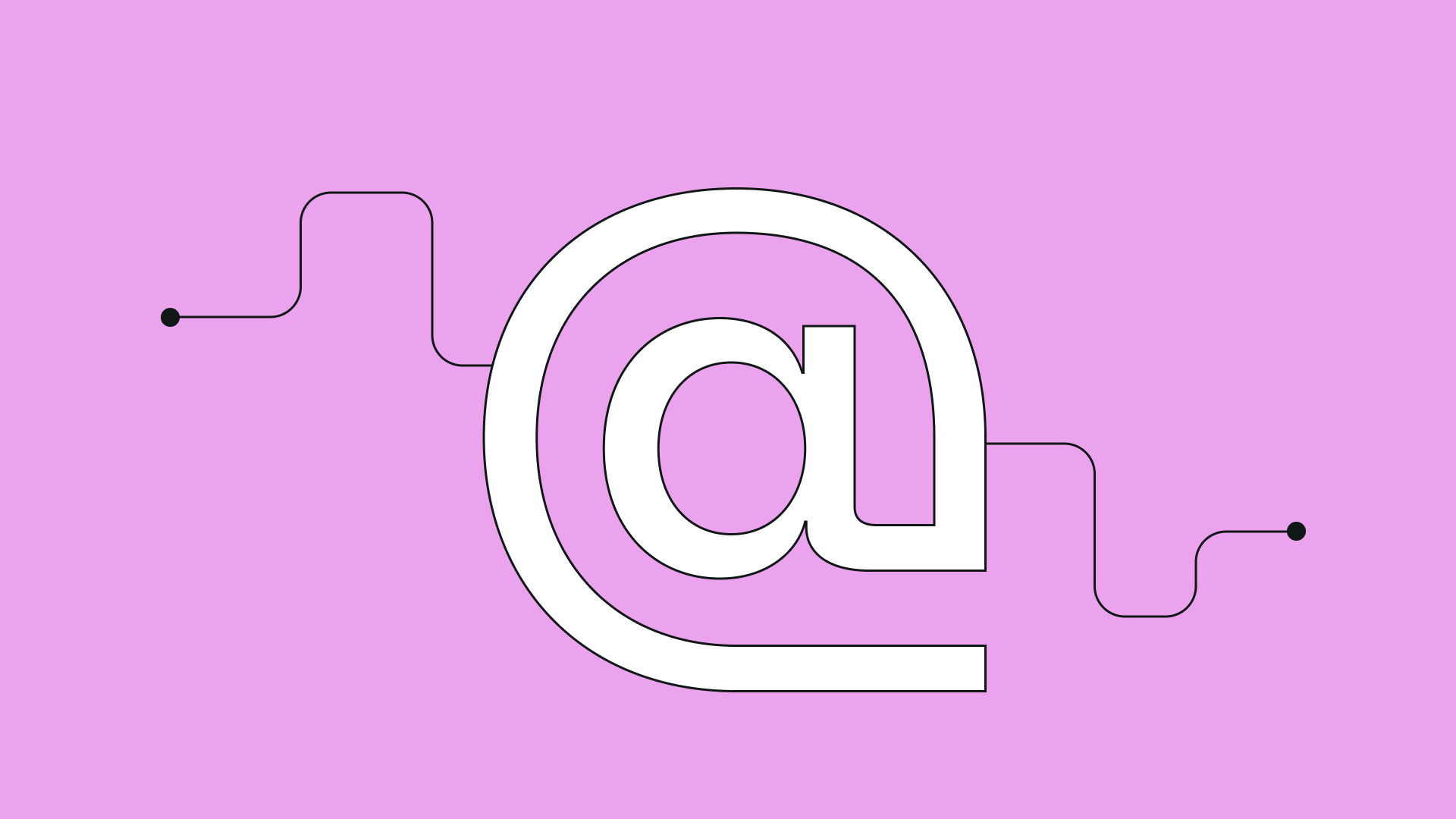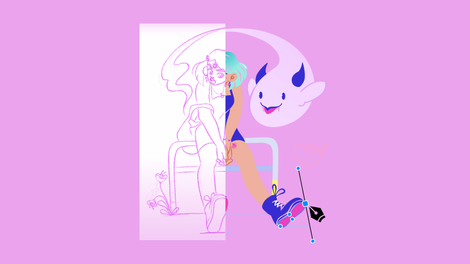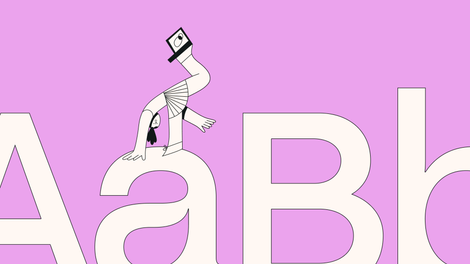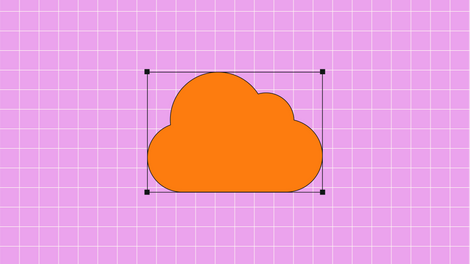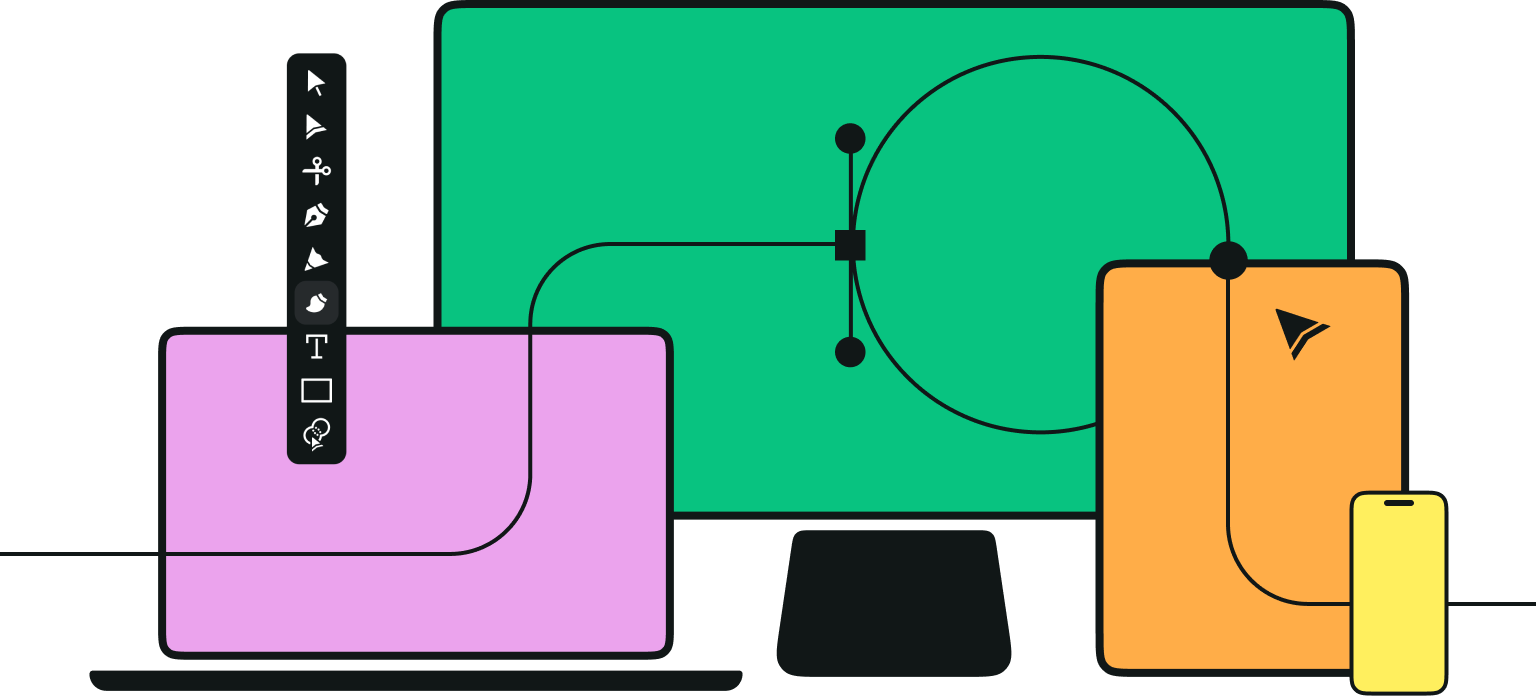In this day and age, crafting a brand email that people actually want to read isn’t just a skill, it’s an art form.
Email is one of the most powerful tools a brand has to engage its audience on a personal level, hence why email campaigns have become one of the most crucial aspects of any company’s marketing plan. Everyone understands the potential of a great email, but not everyone knows how to harness it.
So how can you go from being relegated straight to the spam folder to sending out emails your audience is excited to click on? We’ll give you a hint (okay, we’ll just tell you the answer): it’s all about design.
Jumpstart your ideas with Linearity Curve
Take your designs to the next level.
Email design defines the user experience and determines how effective your email campaigns will be. To design a top-notch email, you’ll need to take an array of elements into account, from branding to readability to device responsiveness.
It’s no mean feat, but luckily for you we’ve consulted the experts and we're lending our advice in this comprehensive guide to email design. Read on to find out why smart email design is so important, learn some tricks of the trade to elevate your emails, and get our insight into the top email template design tools available today.
So mark this one as urgent and get reading!
What exactly is email design?
When talking email design, we mean everything that goes into the process of crafting the visual layout and aesthetics of a promotional email.
Good email design should blend creative vision with marketing techniques to end up with something both visually appealing and engaging for the email recipient. Remember that the ultimate goal here is to encourage click-throughs, brand awareness, and sales: we’re trying to turn readers into customers!
When creating your email, you’ll want to take into account design elements like colors, fonts, images, layout, and content placement, all of which will affect how readers receive your message. You’ll also need to be thinking about your brand image as a whole, making sure that all of your emails stay in line with your branding guidelines and identity.
Why should I pay attention to email design?
There are several reasons you don't want to neglect the visual content design of your brand emails:
Increase click-throughs and conversions
This is the big one. The visuals of your email will have just as big an impact on how the reader perceives your brand as the written copy. You can try to utilize an email lookup tool, to know more about what your audience likes and what it doesn't like. The way you lay out the email elements has the power to compel readers to interact with the content, follow CTAs, and click through to your website, which will ultimately impact sales rates.
Build up your brand identity
Email campaigns are a huge aspect of your brand identity creation. Designing your emails in line with your overall brand aesthetics is a chance to create a strong sense of cohesive brand identity, in conjunction with your other channels like your social media and website. We asked Leah Glickman, email marketing expert, to weigh in on this topic, and she reiterated that:
“Your emails should be a reflection of your brand in terms of colors, fonts, tone of voice, and much more. The goal is for the reader to have a fluid experience from their email to your website, app, or store and back again.”
Grab attention (and hold it)
We can’t understate the power of emails as an effective form of brand awareness-raising. Few other channels allow you to directly engage on an individual level with customers who are already actively interested in your brand. With the right email design, you’ll be able to catch your audience’s attention and raise awareness of your products or services, all while improving brand recognition.
What types of emails should I be designing?
The sorts of emails you’re sending out to your audience will depend on your specific brand needs, and the ideal design templates will be different for each one. To figure out your email marketing needs, Leah recommends testing different strategies with A/B testing:
“You can A/B test different types of emails, different tones of voice, different promo content, and more to find out what performs best.” Here are just a few of the ways you can engage with your email subscribers.
Welcome emails
These are the email you send out to new subscribers of your mailing list, introducing them to the brand and maybe offering an exclusive discount. This is your first-impression email, so high-quality design is going to go a long way here.
Product promos
Promotional emails might announce new product launches, sales, or other deals. They're an important way to encourage readers to keep actively engaging with your company.
Newsletters
All sorts of businesses can benefit from sending out weekly or monthly newsletters. It might include a round-up of products and deals, company updates, and industry insights and recommendations.

Abandoned cart emails
You can email customers with prompts to complete a purchase on your website to help secure a sale. Use this email to remind them of the products they were browsing, and even offer a discount to sweeten the deal.
How about some general design tips?
While your exact email design needs will vary depending on your brand, target audience, and type of email, we’ve got some general email marketing tips on how you can improve the design of any email you send out.
It all starts with the subject line
Okay, this isn’t exactly a component of your visual design, but what use is a beautifully crafted email if no one’s clicking on it? Your email subject line is the first hurdle to getting readers engaged. Pique their attention and showcase the value of your email with some concise, captivating copy. You can include short questions, bold statements, and emojis to stand out in your audience’s inbox.
Get creative with our ready-to-use templates.
Linearity Curve offers templates for every social media platform and various use case templates for posters, business cards, slides, app store screenshots, and more.
Keep things skimmable
The truth of the matter is, most people aren’t taking an in-depth look at every email in their inbox. Design your emails in a way that makes them easy to skim: make the most important content stand out with pops of color, and make sure the design is beautiful in the broad strokes as well as in the minute details.
Design with all devices in mind
Your emails need to be as user-friendly on a mobile phone screen as they are on a desktop computer. This ensures a positive experience for each and every reader. As we’ll discuss below, many email templates automatically incorporate mobile-responsive designs, which will make your life a whole lot easier.
Make it easy on the eyes
Improve the readability of your emails with a cohesive design, in which all of your visual elements work together. Keep an eye on typography by choosing a font that fits with your overall branding. For example, a serif font might strike the reader as more elegant and elevated, while a sans serif communicates a more casual brand presence.
Similarly, opt for a color palette that stays in line with your branding. Stick to your usual color scheme, which might include a more neutral background color with bolder pops of color scattered throughout.
Keep accessibility at the forefront
It's important to make your email accessible for all readers. This might include making sure that the lettering is legible, the fonts are large enough to read, and the colors aren’t too overwhelming. And in terms of imagery, Leah also mentions how important it is to name any images you use appropriately, provide written image descriptions, and add alt-formatting in case the link to your image is ever broken.
Include CTA buttons
It’s essential to give the reader a clear direction on how to take further action. Incorporate calls to action to direct the user to your site, facilitating the customer journey to browsing and making a purchase. Try and stick to one CTA per email, two at the most, so as not to overwhelm the reader with too many options.
Add an email signature
Make sure to include follow-up links and information in your email signature. It might include customer service contacts, social media handles, and links to further reading or browsing.
Don’t forget the unsubscribe button
Although you never want to see your readers go, including an unsubscribe button is actually a legal requirement for companies sending out email campaigns. Besides, your audience is naturally going to ebb and flow over time as your business develops, so giving people a way to opt out with a discreet unsubscribe button is a sensible thing to do.
Should i use email templates?
There are several reasons you might want to use email design templates rather than designing your own email from scratch. Let’s take a look at the pros and cons:
Pros
Time saver
We don’t need to tell you that time is money, and by using a template tool you’ll be saving yourself bags of time, which may well make any upfront costs worth it. Using a template will give you a head start in designing your email, and you can quickly customize the look to fit your branding and email content needs.
Guaranteed consistency
If we’ve said it once, we’ve said it a thousand times: when it comes to brand identity, consistency is key! Email templates will ensure that every email you send follows the same design standards, helping you build trust and recognition with your audience.
Mobile responsiveness
Most email templates are designed with mobile responsiveness in mind, which means they’ll look great on both desktop and mobile devices. You won’t need any fancy coding skills to create professional, responsive designs.
Cons
Cost
You can certainly find some free email newsletter templates out there, but the more advanced options might require an upfront or monthly fee. If this doesn’t fit into your marketing budget, email templates might not be for you at the moment.
Lack of customization
Templates can offer a great basic structure and aesthetic, but you might not always be able to customize them exactly to your liking. If your visual branding goals are more complex, the limited customization possibilities of some templates might be frustrating.
Potentially generic look
By definition, a template can only offer a generic starting point, so that it can be adapted to the needs of many different users. Without proper customization and personalization, going with a generic template could make it harder to stand out from the crowd.
What’s the best email design software out there?
If you do decide to go the template route, here are some of our favorite options.
Moosend
Moosend is an easy-to-use email marketing automation software, which offers drag & drop newsletter templates. It also features AI optimization suggestions, scheduling tools, and A/B testing functionality so that you can analyze user behavior and improve your email marketing strategies.
Stripo
Another popular drag & drop email editor, Stripo, offers a bank of templates to suit any email needs, from regular newsletters to special holiday promos. For more in-depth personalization, you can also use their side-by-side HTML editor to create a custom email design.
BEE
With the BEE email marketing tool, you can start from a pre-designed template or build your own custom design from scratch using the drag & drop editor. It also offers helpful integration with other email software, like Mailchimp and Salesforce.
Hubspot
Hubspot is a mainstay for email marketing campaigns, and for good reason: it provides many popular features, including A/B testing functions, individual email personalization, and CRM data integration.
Chamaileon
This intuitive email builder promises to boost efficiency and make collaborative design a breeze. With centralized branding management and real-time collaboration technology, Chamaileon takes all the stress out of designing consistent emails within a team.
Ready to create brand assets that pack a punch?
Visit our Academy for free marketing design courses.
What’s trending right now in the email design world?
Let’s finish with a look at some current email design trends. Get inspired and try out some of these creative ideas for yourself!
Animated product displays
This trend makes use of dynamic content to show a product in action on an email display. The product might be animated to show a 360-style view, zoom in on a specific feature, or have an interactive element for the reader to click on.
Product animations can be a fun, sleek way to showcase your product and engage the email recipient with click-through conversions. Learn more about the importance of motion graphics animation in your branding strategy.
Email personalization
It’s becoming common practice to personalize mail for individual email subscribers using marketing software. You can tailor product recommendations, email messages, and call-to-action buttons based on data such as the recipient’s location, browsing history, and birthday. This level of customization has been shown to dramatically improve open rates and click-throughs.
Dark mode
Dark mode is here to stay: many people choose to configure their personal devices in dark mode, and experienced email marketers are catching on. You can alter your email design to switch to a pre-designed dark mode version if your recipient uses this setting. Some email template providers offer built-in dark mode options, or you can use some more advanced HTML editing skills and code this feature yourself.
Monochrome
Monochrome color schemes are a surefire way to communicate a sleek, professional aesthetic. Pick a neutral color palette that suits your product or overall branding image, and try sticking to a restrained set of complementary colors. This minimalist style is always aesthetically pleasing, and it lets your product speak for itself.
Irregular shapes and framing
Rather than sticking to conventional framing methods, we’re seeing lots of brands experiment with abstract and unusual shape patterns to add a fun dimension to their email designs. Think outside the box and try out some unexpected framing shapes like starbursts, diamonds, and any other wacky shapes you can think of. Pair this fun framing technique with bright colors and bold typographies for a youthful, playful feel.
You're about ready to hit send
So there you have your in-depth introduction to all things email design.
Hopefully you’ve gotten inspired to tap into the power of email marketing and create beautiful designs with templates or from scratch. If you follow the tips in the email design guide above, you’ll be well on your way to creating effective emails which will improve your customer engagement rates, build up your brand awareness, and boost your sales.
To improve your design skills and guarantee professional-looking emails, read some more email design tips on our blog, and don’t forget to check out the many tutorials available on our Academy!
Jumpstart your ideas with Linearity Curve
Take your designs to the next level.
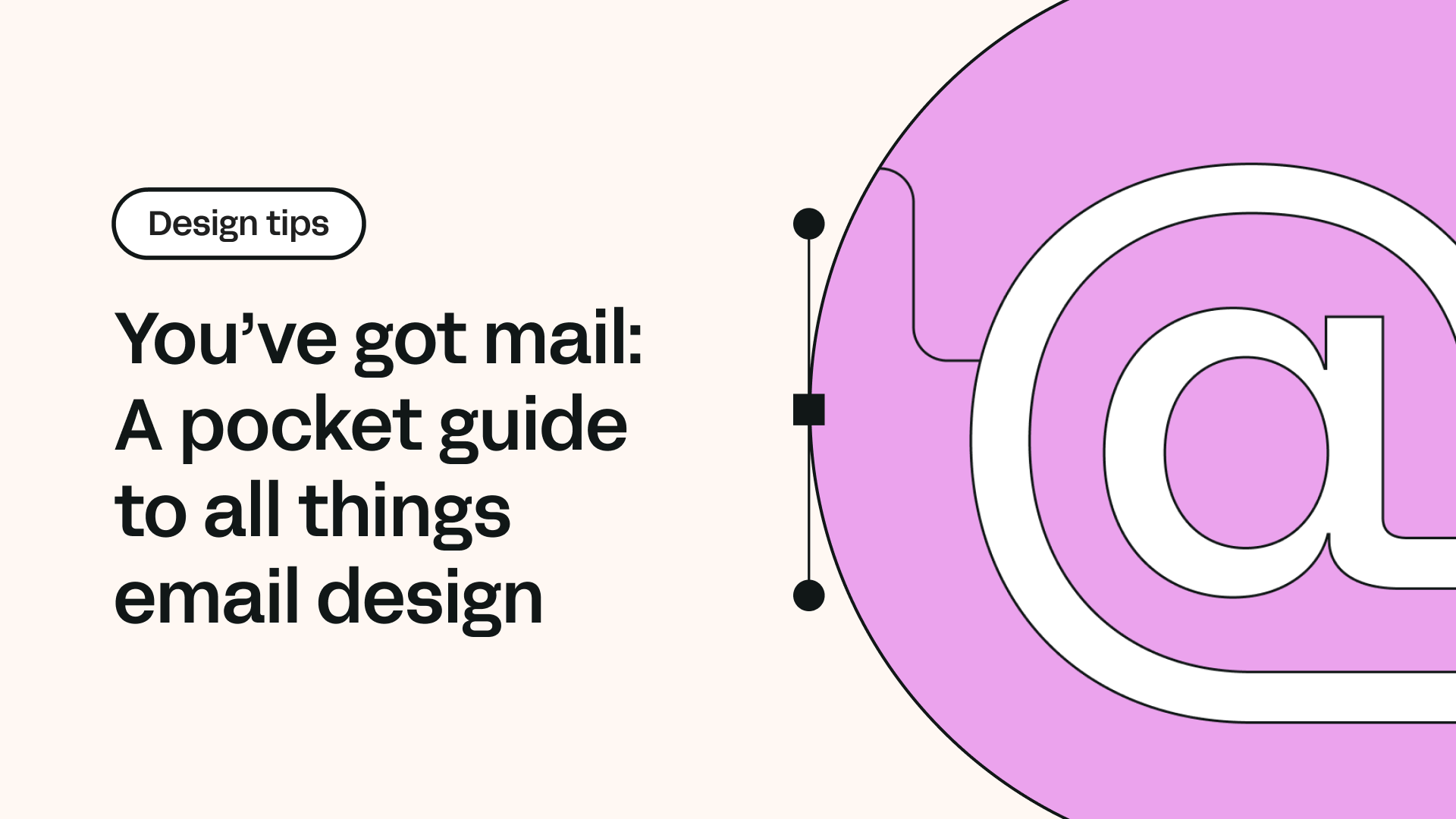
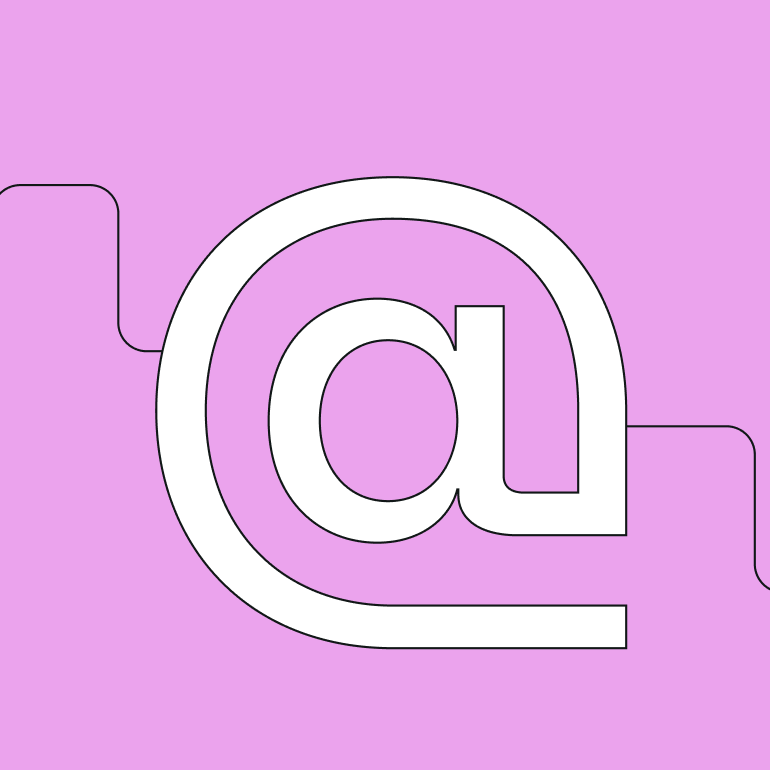
Share this!
Adí Aviram
Adí is an SEO developer working for Linearity in Berlin. Her hobbies include drawing comics, yoga, swimming, infinite scrolling, and birdwatching.


:quality(75))
:quality(75))

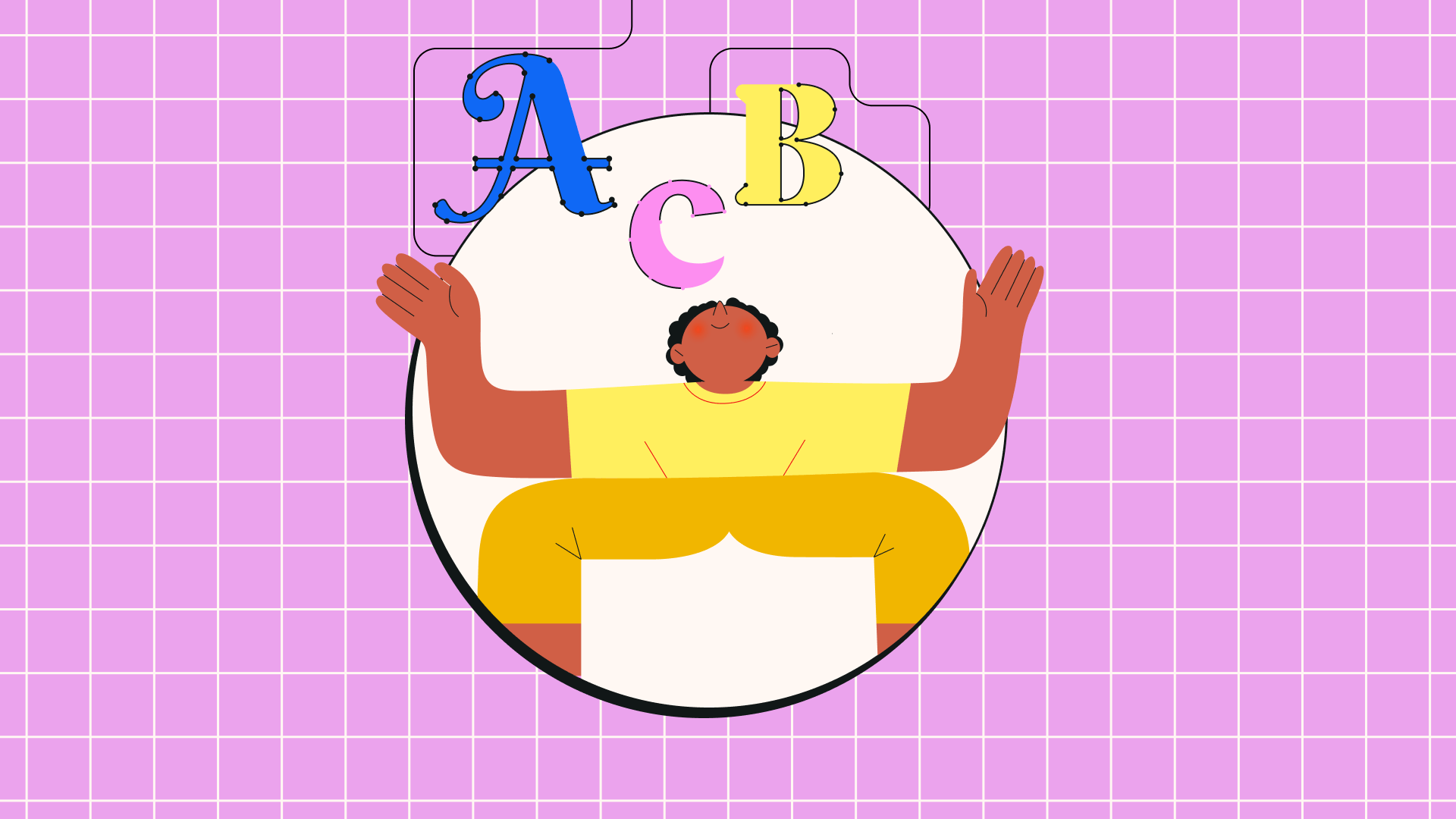
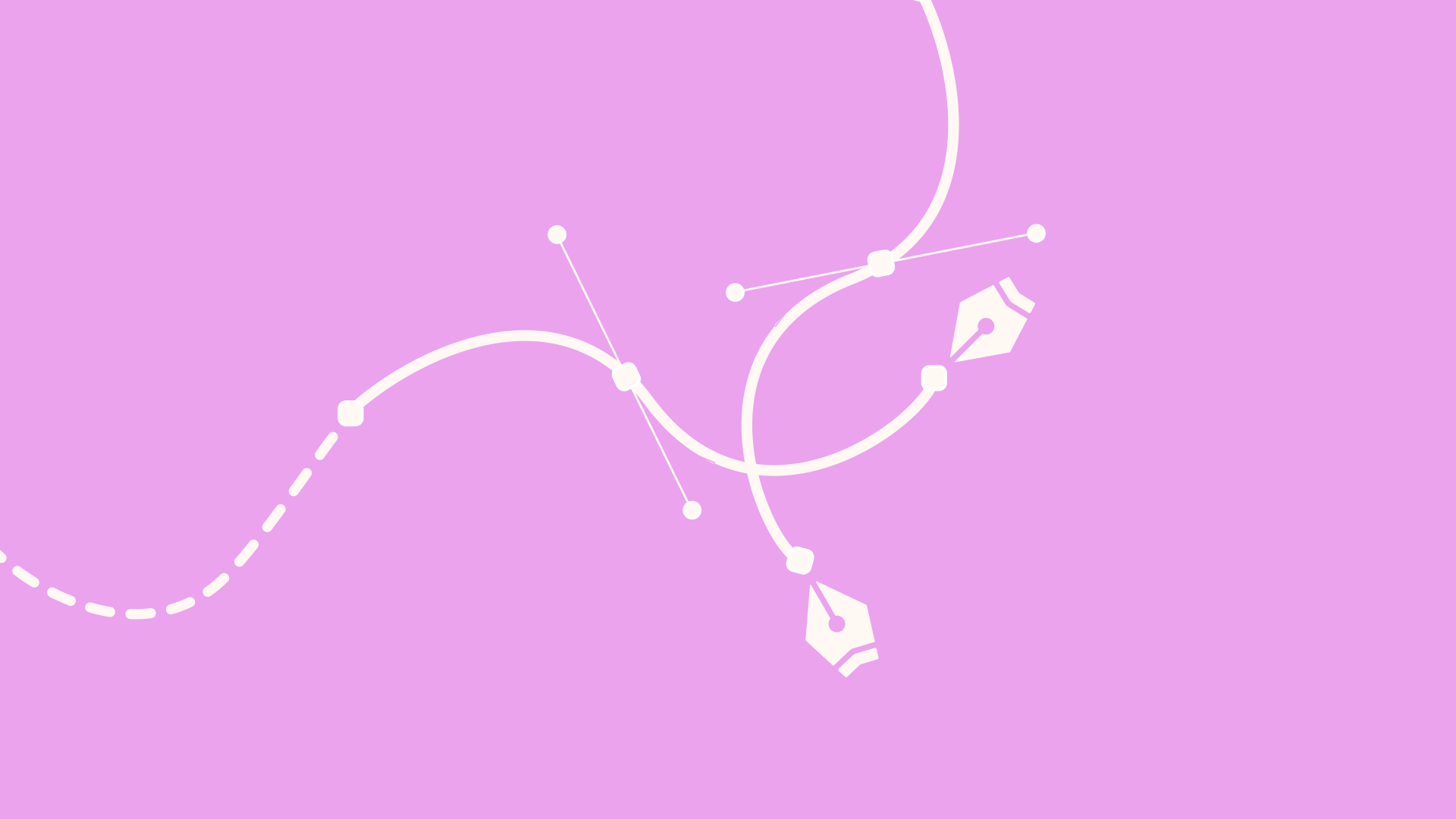
:quality(75))
